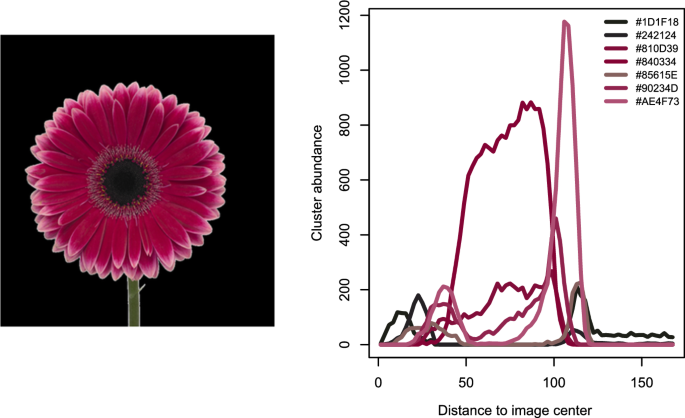The latest research led by a scientist from Monash University has discovered the ancient connection between bees and the development of flower color through the use of computer simulations. The study was published in Proceedings of the Royal Society B. This study explains the experiment with how visible flowering plants were to pollinators like bees and birds by simulating the environment of the earliest flowering plants from tens of millions of years ago.
Lead author and Director of the NativeBee+Tech Facility, Associate Professor Alan Dorin of the Faculty of Information Technology, explained that before flowers even started to bloom, insects like bees evolved the ability to see, which allowed them to fly and find their way around among rocks, leaves, sticks, and bark.
Dorian said that our findings demonstrated that the earliest flowers developed more vivid colors to set themselves apart from their dreary surroundings and draw in prehistoric pollinators.

Researchers used simulated prehistoric landscapes to test bees’ color perception to determine whether they developed and saw their contemporary surroundings similarly to how their predecessors saw theirs.
Dorian added that Australia is a geologically old continent, which is why they used color spectrum measurements from the Australian bushland, from Cairns down to the southern tip of Victoria, to recreate the kinds of landscapes that existed between 252 million and 66 million years ago, when the first flowers first appeared.
A vision scientist and research co-author from the Department of Physiology at Monash’s Faculty of Medicine, Nursing and Health Sciences, Associate Professor Adrian Dyer, said that this is the first time that a strong correlation has been found indicating how the visual perception of modern bees and ancient pollinators has driven the development of the color of the flower. It is now obvious that bees have ultraviolet (UV), blue, and green photoreceptors, just like their ancestors. It helps to explain why common colors like yellow have developed into the petals of some modern flowers in response to what bees can readily sense.

The results of this study are going to help a lot in the agricultural field. It will contribute to our understanding of how plant species are pollinated in the modern day vs. the ancient times. It will also help to improve the field of effective crop pollination research and enhance our understanding of smart agriculture. The implementation of these studies will also enable the improvement of the yield.




